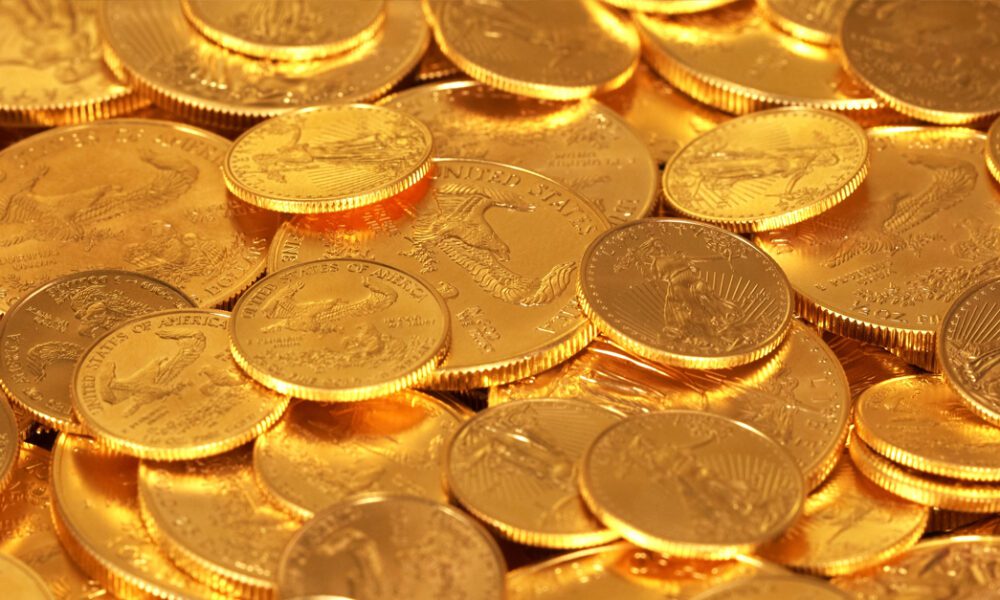History of Bullion Investment Coins


The history of gold bullion investment coins stretches back over millennia, but modern bullion coins as we know them today started to emerge more prominently in the 20th century.
These coins are typically issued by governments but are distinct from numismatic coins. Bullion coins are meant primarily for investment purposes rather than for use in daily transactions.
Early History
Gold has been used as a form of currency and store of value since ancient times. Early civilizations, such as the Lydians in the 6th century BCE, were among the first to use gold coins. These early coins were used both as everyday currency and as a form of investment or wealth storage.
The Advent of Modern Bullion Coins
- Prohibition of Gold Ownership : From 1933 until 1974, the private ownership of gold was prohibited in the United States. However, there were exceptions to the law to accommodate numismatists and coin collectors interested in continuing and expanding their hobby. Many investors became coin collectors and turned to semi-numismatic gold coins, such as the Mexican Gold Pesos and Austria 100 Corona Gold Coins. These are government issued coins that are sought after by investors due to their gold content.
- South African Krugerrand (1967): The modern era of gold bullion investment coins began with the introduction of the South African Krugerrand in 1967. The Krugerrand was the world’s first gold bullion coin intended for investment purposes and remains one of the most traded gold coins today. It was initially issued to promote South African gold and make it accessible to the general public. The coin contains one troy ounce of gold and its purity is 22 karats (91.67% gold, alloyed with copper to enhance durability).
Growth in Popularity and Diversity
- Canadian Maple Leaf (1979): The Canadian Maple Leaf was introduced by the Royal Canadian Mint in 1979 and was the first bullion coin to be issued with a purity of 99.99% gold. Its introduction marked a significant point in bullion coin history, emphasizing purity as a key selling point for investors.
- American Gold Eagle (1986): The United States Mint began production of the American Gold Eagle in 1986. It quickly became one of the leading gold bullion coins for investors. The coin features a 22-karat purity, the same as the Krugerrand, but with a different alloy composition (gold mixed with silver and copper).
- Australian Nugget/Kangaroo (1987): First issued by the Perth Mint in 1987, the Australian Nugget (later renamed the Kangaroo) started as a 99.9% pure coin and later moved to 99.99% purity. The Kangaroo features annually changing designs, which have made it particularly popular among collectors as well as investors.
Legal Tender Status
- Most modern gold bullion coins are legal tender in their respective countries, although their face value is typically much lower than their market value based on the gold content. This legal tender status helps to affirm their authenticity and government backing.
21st Century: Innovation and Expansion
- Continued Innovation: Mints around the world continue to innovate with new designs, limited editions, and enhanced security features such as laser etching and micro-engraving to combat counterfeiting. Due to growing investor demand, the US Mint introduced the 24k American Buffalo in 2006, which is minted from 99.99% pure gold.
- Global Expansion: Many other countries have since introduced their own gold bullion coins, including the British Britannia, the Chinese Panda, the Austrian Philharmonic. Each brings elements of cultural and national heritage into their design, making them both investment pieces and cultural artifacts.
- Increased Accessibility: Technological advancements and global trading have made it easier than ever for investors around the world to purchase and trade gold bullion coins.
Conclusion
The history of gold bullion investment coins shows a trajectory from ancient currency to modern investment vehicles, reflecting changes in economic practices, investment strategies, and technological advancements. These coins continue to play a crucial role in the portfolios of investors seeking tangible assets to diversify their investments and hedge against economic uncertainty.





